Joseph Ernst Seppelt had left his tobacco, snuff and liqueur factory in Silesia in Prussia in 1849 with his wife, children, factory workers and 13 other local families. Gladly quitting the political and economic turmoil of Europe, they reached the Barossa Valley in 1851. After attempts to cure tobacco failed, Seppelt planted vines near Greenock at the place he called Seppeltsfield. He was soon selling wine at nearby Gawler and sending it on paddlesteamers plying the River Murray. His insistence on proper standards produced good wine and led to the construction of a fine cellar at Seppeltsfield in 1867.
Australia’s Largest Winery
Joseph Seppelt died suddenly in 1868. His son, Oscar Benno Pedro, married Sophie Schroeder in 1870. With their children they developed the business. At the height of its activity in the 1890s, the wine company of B. Seppelt & Sons was the largest in Australia. It had attained success because the Seppelt family had drive, energy and high standards. This was true not only of the male heads of the family, father and son, Joseph and Benno, but also of Benno’s wife, Sophie, who contributed significantly to the running of the establishment. The family also maintained strong ties with their employees. These characteristics stood the company in good stead, enabling them to continue in eras when others were floundering.
By 1900, at a time when the disease phylloxera had devastated the wine industry in the eastern states of Australia, Seppelts had become Australia’s largest winery, producing two million litres of wine annually and winning prizes in Sydney and overseas. The Seppelt Company had grown because of the family’s business acumen, scientific methods and thorough professional training for its winemakers. The company enhanced South Australia’s position as the nation’s leading wine-making state.
Seppelt Family Hospitality
The family’s hospitality was well known, and, over several generations, official visitors who were guests of the Government of South Australia were often received at Seppeltsfield. Visiting dignitaries admired the handsome buildings, gardens, laboratory, vinegar house, distillery, cooperage, blacksmith’s shop, piggery, poultry house and gravity-flow winery. Designed by Benno and completed in 1888, this remained in use until 1983. Sophie Seppelt fed visitors from the dining room, where she and her helpers also provided up to 100 workers with breakfast and dinner every day, baking their own bread, roasting meat and using produce from the Seppelt farm and gardens.
Right from the moment when they migrated together, the Seppelt family had developed a strong bond with their employees and with the wider community. Visitors to Seppeltsfield in the Barossa region can still see the houses that were built for employees on the premises. The avenues of date palms and pine plantations nearby were created to provide work for employees during the Great Depression. Seppelt family members inaugurated the Barossa Valley Vintage Festival and shared other community projects.
Benno died in 1930 and was buried in the Grecian family mausoleum on the site of a lookout built in 1927.
Public Listing and Takeovers
When Federation removed intercolonial tariffs, B Seppelt & Sons (registered in 1902) established branches interstate, buying a vineyard and winery near Rutherglen, Victoria, in 1914. The purchase of Chateau Tanunda in the Barossa in 1916 secured the lion’s share of the Australian brandy market. In 1918 Benno bought the Great Western vineyard and winery in Victoria from his friend Hans Irvine, famed for prize-winning méthode champenoise wines matured in underground tunnels. Over the next 50 years the company acquired additional property in Victoria and New South Wales, the Barossa, and at Keppoch in the South East.
B Seppelt & Sons became a publicly listed company in 1970, and was taken over in 1984 by SA Brewing, which in 1991 also acquired the Penfolds group. This purchase put together Australia’s largest wine-producing company: Southcorp Wines. Chateau Tanunda was sold in 1998 but Southcorp continued to make characteristic Seppelt wines: table wines, Great Western sparkling wines, and fortified wines including Para Liqueur Port, which contains wine aged in barrels first laid down in 1878.
In 2007 an Australian consortium called The Seppeltsfield Estate Trust bought the Seppeltsfield winery with a view to maintaining its winemaking traditions and reputation for hospitality and its support for the arts and community activities. The solid stone buildings and splendid gardens continue to be an attraction for visitors to the Barossa Valley, and the gravity-flow winery hums with activity. The label Seppeltsfield is to be used solely for the company’s fortified wines.


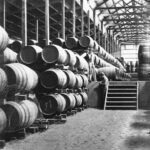

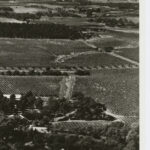
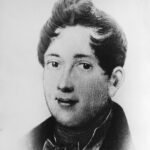
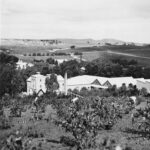

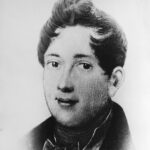
Comments
3 responses to “B Seppelt & Sons”
I am so intrigued by its surrounding and beauty of the place I am only sad that I was not aware that it tours
But thanks for all the information you have provided
Christabel
Glad you found it interesting Christable.
I have found this bottle wen i went camping one weekend I’ve done a search on the internet and it’s brought me to this website I was wondering if I sent a picture thru could you tell me more